Wildlife Case File By Kate Hasapes, Private Lands Biologist
Have you ever seen a piebald deer? Or perhaps an albino raccoon? What about a black bobcat?
While most often wildlife come in typical colors and patterns, every once in a while we get a glimpse of something extraordinary. From speckled and spotted to all-white and all-black, some strange looking animals can be found in the wild. There are even social media groups specifically for sharing and discussing these oddly colored animals, such as Facebook’s Understanding & Identifying Color Mutations In Wild Birds & Animals.
There are many reasons for changes or defects in coloration of wildlife, including the inability to produce pigments, inability to deposit pigment, lack of pigment-making cells, lower concentrations of pigment, overproduction of pigment, pattern mutations, hybridization, disease and diet. These color defects can cover an entire animal or show up as simple spots.
Some of these conditions are easily confused as they can express identical external coat and feather colorations. The only way to know for sure in some instances is to test DNA and tissue samples, which is most often not an option.
For simplicity’s sake, we will not refer to the cause of the discoloration but instead refer to what people see in the outward expression of color or lack thereof and lump them into three categories: albinism, leucism/piebald and melanism.
Domestic animals have been selectively bred for certain traits such as behavior, conformation, and coat pattern. This article does not address these specifically bred animals and focuses on coloration abnormalities one might see in wildlife.
Albinism
Albinism is a genetic condition in which no pigment or color is produced, resulting in the classic white hair and pink eyes and skin. This pink color observed is the blood and blood vessels that are usually hidden behind the normal colored irises and skin.
Albinism is very rare in the wild. Possibly the most famous albino animal in Louisiana is Pinky, a bottlenose dolphin that has been seen around Calcasieu Lake and the Gulf of Mexico. While a DNA test would be needed to fully confirm that Pinky is albino and not presenting with another genetic condition, she does show the classic albinism signs with her pink skin and eyes.
Animals with albinism are born at a great disadvantage. Prey species such as deer and songbirds are more easily seen by predators and picked off at an early age. Conversely, predator species are more easily seen by prey, making it more difficult to have a successful hunt. Also, the lack of melanin can cause multiple health problems, including abnormal eye development, hearing issues and less protection from the sun’s harmful rays.
Leucism/Piebald
Currently, the definition of leucism is a condition in which there is a partial loss of pigmentation resulting in white, pale or patchy coloration of the skin, hair, feathers or scales, but not the eyes.
There is debate on the various medical and genetic disorders that produce these color abnormalities and subsequently the proper terminology to use.
While the genetic circumstance that results in leucism differs from that of piebald, pattern mutations and some diluted pigments, we will lump these animals together and refer to them as animals that express a loss of coloration resulting in either entirely white, muted colors or patches of white.
The white teal just taken near Big Lake that was mentioned in the American Press (“Hunter bags unique white teal near Big Lake,” Louis Bonnette, Oct. 6) is an example of a leucistic animal. The bird’s feathers are white because the condition prevented pigment from reaching them. However, as Bonnette wrote, “the bird’s skin and eyes retain their normal pigment and color. Therefore, the bird was not albino.
Similar to albinism, some health conditions can be associated with leucistic or piebald animals. In deer, the recessive genes that cause piebald coat patterns are also associated with skeletal deformities in the spine, legs and hooves. The health and survival of the animal depends on how mild or severe are the piebald genes that are expressed. These health conditions, along with a reduction in camouflage, can reduce the life span of leucistic and piebald animals.
Melanism
Melanism is the opposite of albinism. Animals with melanism have an over-production of the pigment melanin, causing them to become much darker or even black in color. Melanism is very rare in some species but abundant in others, such as squirrels, wolves and some large cats.
Melanistic leopards and jaguars are well-known. Bobcats with melanism have also been documented, but are extremely rare. However, melanistic cougars have never been documented. Their coat is generally tan in color with some shades appearing more reddish or grey. The so-called “black panther” is a misidentified animal, such as a large house cat, dog or otter.
What about that black panther picture circulating social media that was taken by someone’s uncle’s neighbor’s cousin? Do a little investigation. You’ll see that these pictures are melanistic leopards or jaguars, taken off the internet and falsely claimed to have been taken locally.
Unlike albinism or leucism, melanism may increase survival chances for some animals in the wild. For example, in predatory animals, darker color may be an advantage when hunting in low light or at night.
Famous Color Mutations
Islands off the coast of British Columbia host a special population of black bears. Isolated from the mainland, the genetic makeup of their subspecies results in 10 percent of the bears being white in color, while bears outside of British Columbia have a one in a million chance of being white.
These white bears are not albino but instead carry a specific recessive gene for white fur. The subspecies of black bear is fondly referred to as “spirit bears.” Due to their rarity and special place in the hearts of locals, these spirit bears are illegal to hunt in British Columbia.
Similar to the spirit bear, there is an isolated herd of white-tailed deer in New York known as the Seneca white deer. Unlike the natural genetic separation of the island spirit bear to bears on the mainland, the Seneca deer became isolated when the Seneca Army Depot erected a fence around the property, greatly reducing genetic flow between the deer on the army depot and outside the fence.
With limited predation and protection from hunting, the recessive genetic condition became more abundant in this now captive herd. When hunting was allowed on the depot, the commander issued orders not to kill the white deer, further selecting for that specific trait.
The White Buck Of Bossier Parish
Biologists with the Louisiana Dept. of Wildlife and Fisheries often receive pictures of odd-looking animals to be identified. Sometimes the person knows what the animal is and would like to see it protected due to its rarity and beauty.
This is the case of the white buck in northwest Louisiana. Several deer clubs started seeing a beautiful mature white buck in early 2018. Like a ghost, people saw glimpses of him as he moved through the woods or foraged on the edges of openings. Only once was he ever captured on a game camera.
Wanting to protect this deer from being harvested, the locals contacted LDWF to see if there was any way to protect the buck. First they asked if we could make a regulation against a hunter harvesting the deer. Unfortunately, a regulation for such a specific situation is not easy to create and would take over a year to pass, if it could be passed at all.
However, specific hunting clubs and property owners can create any rules they would like for hunters to follow on their property. Neighboring clubs could also organize to help spread the word on protecting the deer.
Locals then asked if we could catch the deer and protect it in a pen. This was also not feasible. Native white-tailed deer are held in the public trust and cannot be owned by an individual. Deer pens found in Louisiana are regulated by the Louisiana Dept. of Agriculture and Forestry and are populated with deer from other deer pens, not wild native deer.
Further, to capture a wild deer and attempt to pen it would mean certain death for the animal. It would continuously try to escape the pen, perhaps killing itself by running into the fence. It would also suffer from a condition called capture myopathy, in which extremely overworked and stressed muscles build up too much lactic acid, resulting in severe muscle damage and ultimately death.
Eventually, the neighboring clubs got together and discussed what they could do. Most clubs worried that if they restricted the harvest of this buck but another local club did not, they would essentially rob their hunters of harvesting a deer of a lifetime.
The clubs ended up putting certain requirements on harvesting the white buck, one club even requiring that the deer be full-body mounted by a taxidermist and donated to a local nature park for all to enjoy.
However, like the ghost he is, the white buck disappeared before the start of deer season. As he was never seen before this year, he may slip on by and survive another year.
This article was previously published in the Louisiana Wildlife Insider Spring/Summer 2019.



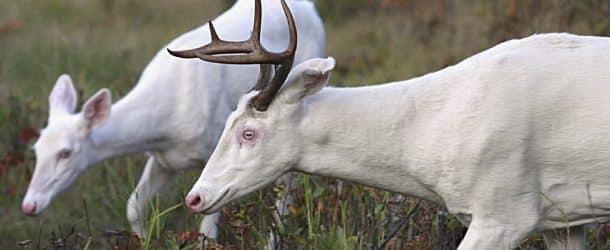
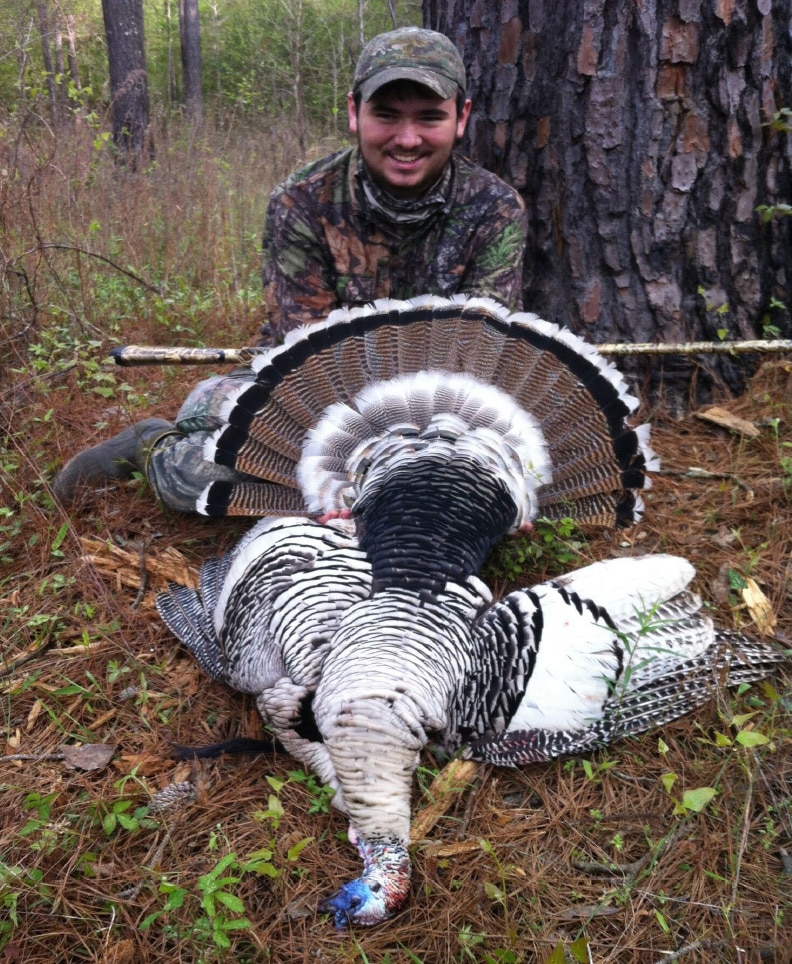
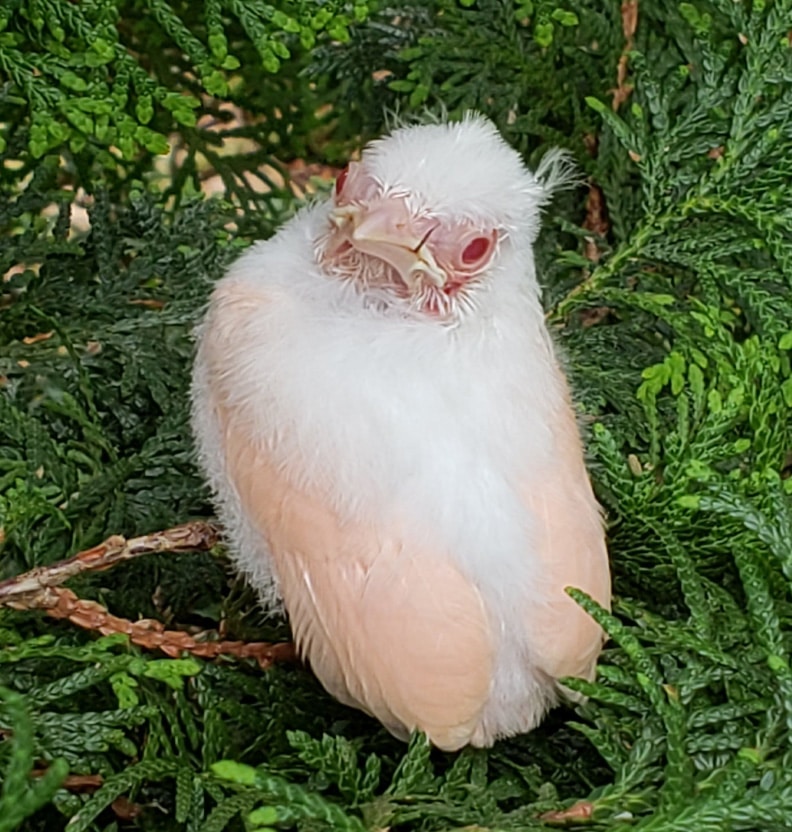
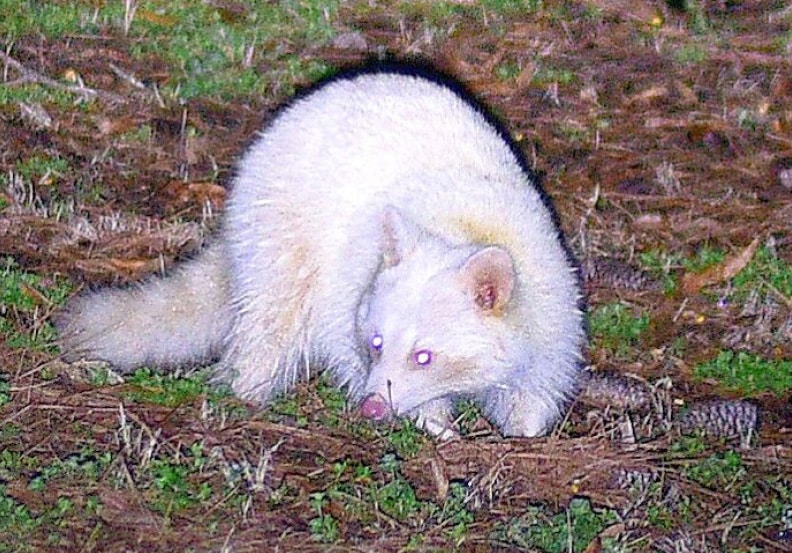

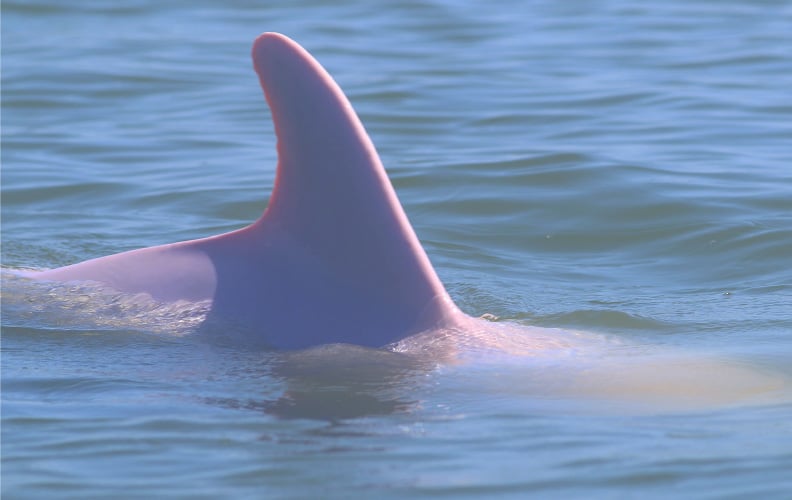











Comments are closed.